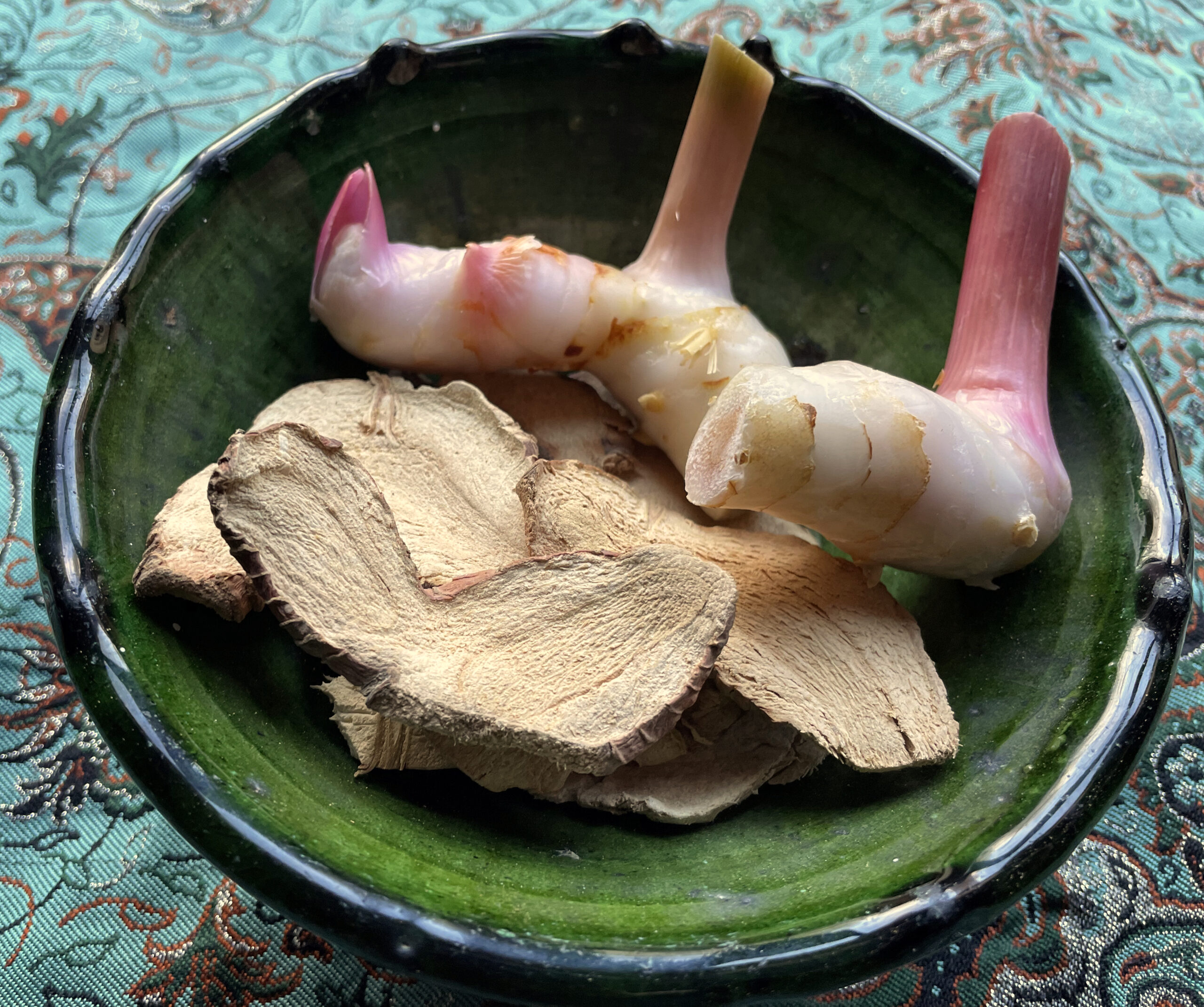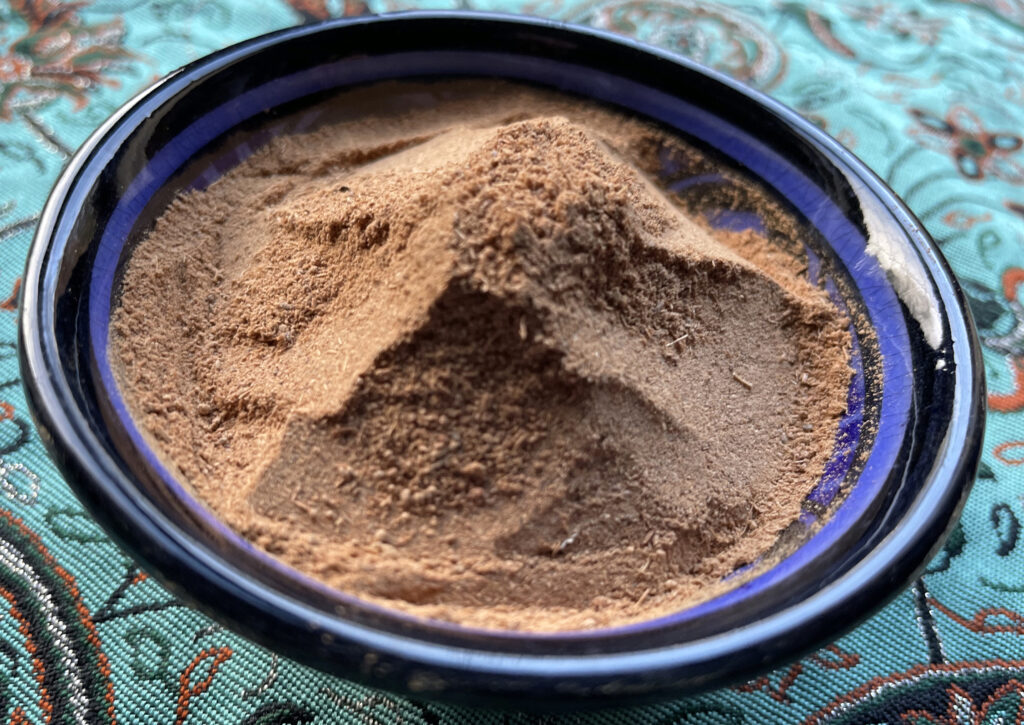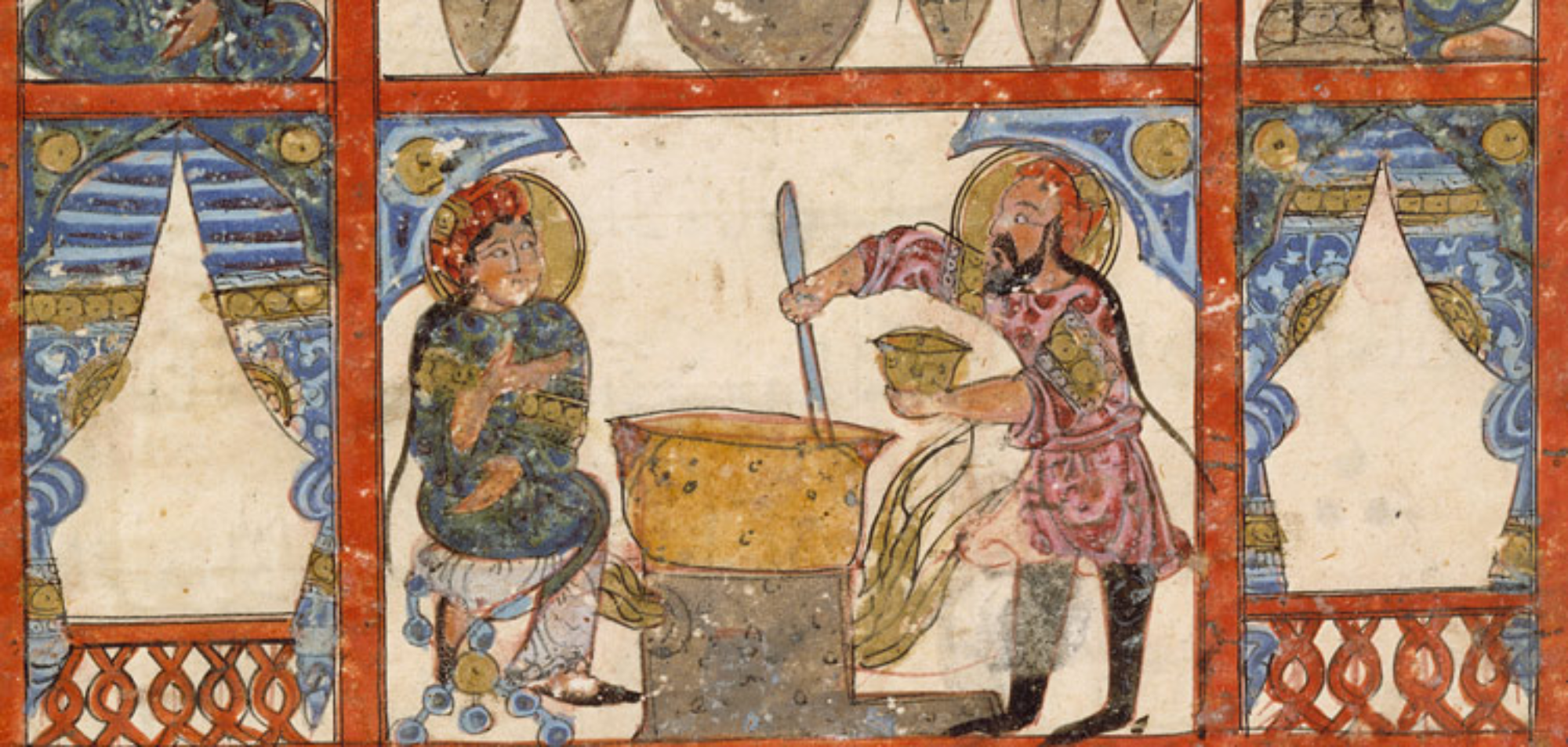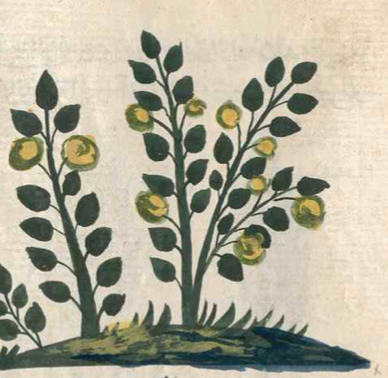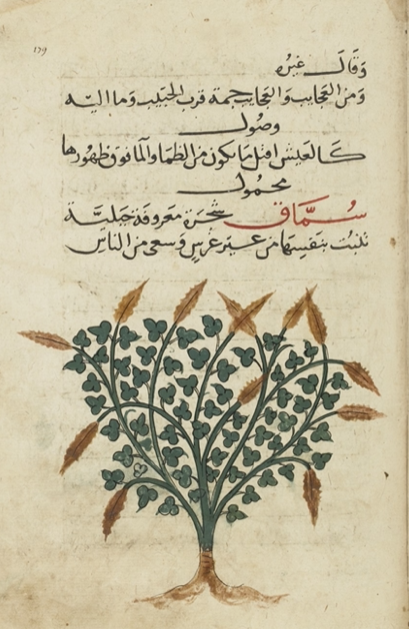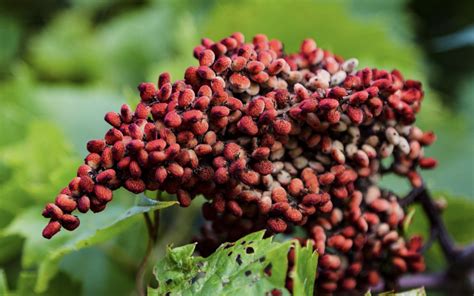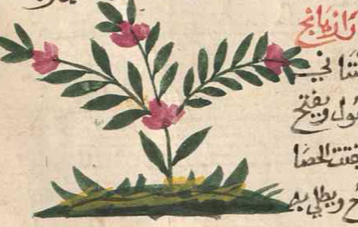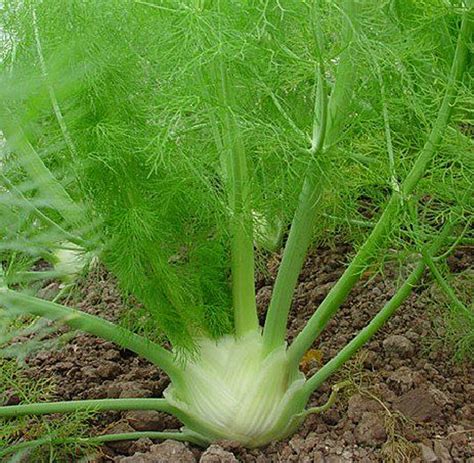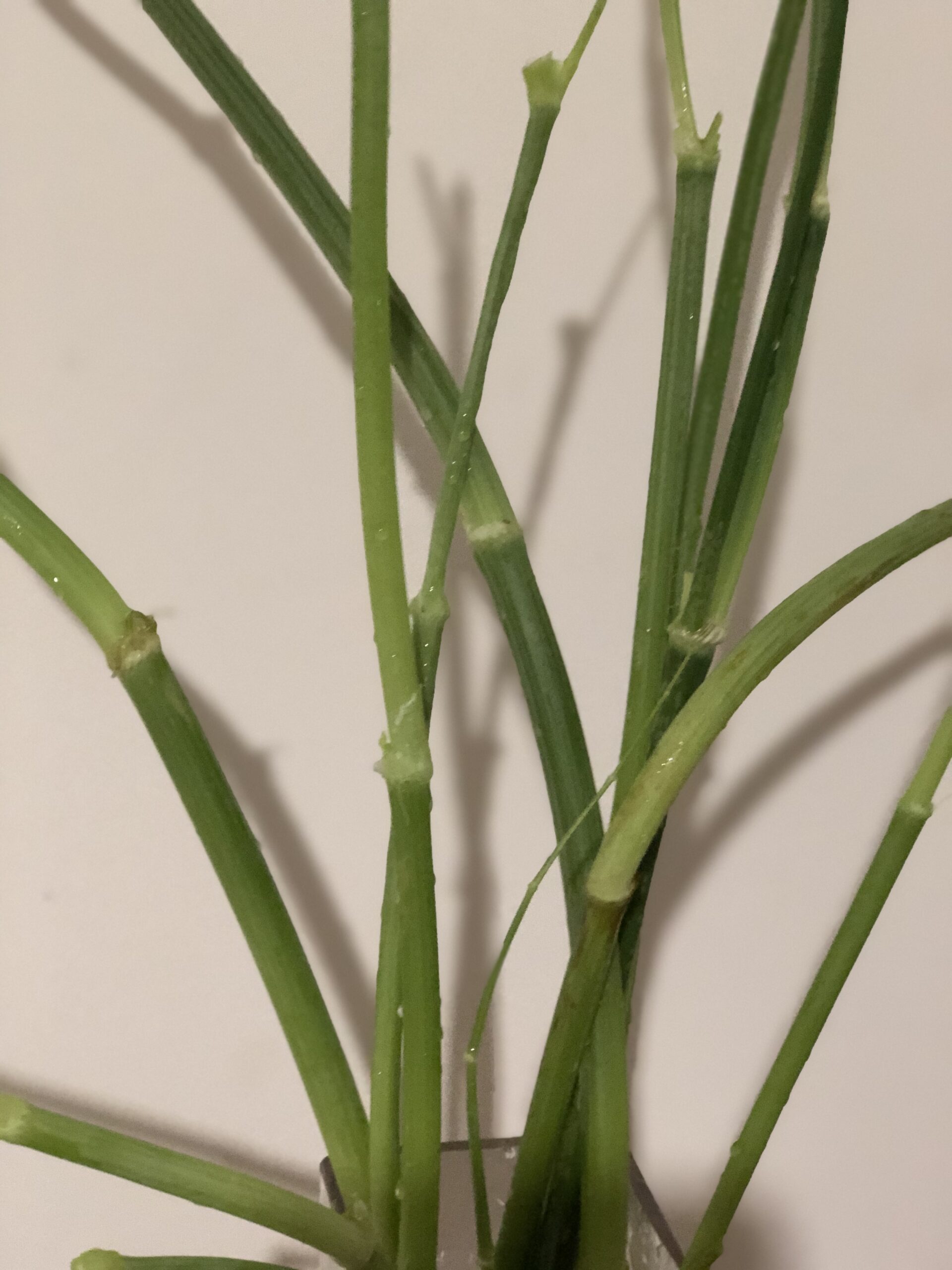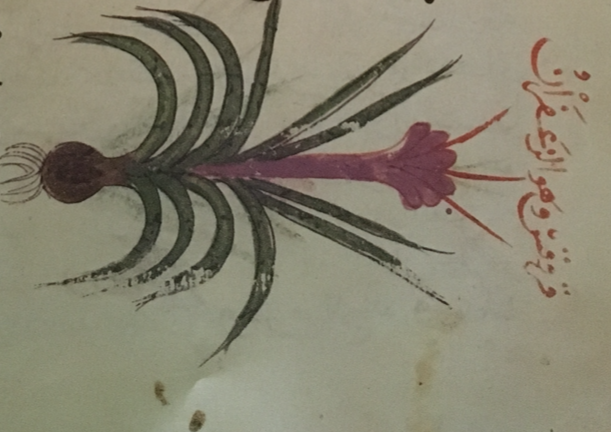A variety of ginger from Southeast Asia, galangal (Alpinia galanga) is known in Arabic as khawlanjān/khūlanjān (خولنجان), a borrowing from Persian. The aromatic dried root was used in cooking and medicine (in electuaries) in both Europe and the Muslim world in the Middle Ages. Galangal was recommended by physicians for its digestive properties and prescribed for the treatment of colic, heartburn, and sciatica. It was also considered effective as an aphrodisiac and breath sweetener. According to the 13th-century Andalusian pharmacologist Ibn Khalsun, galangal should be used especially in winter, due to its strength. Today, it is mostly associated with Indonesian cuisine, where it is known as lengkuas, but is also commonly found in Thai dishes, such as the famous Tom Yam. It is sold whole (fresh and dried), or in powdered form.
